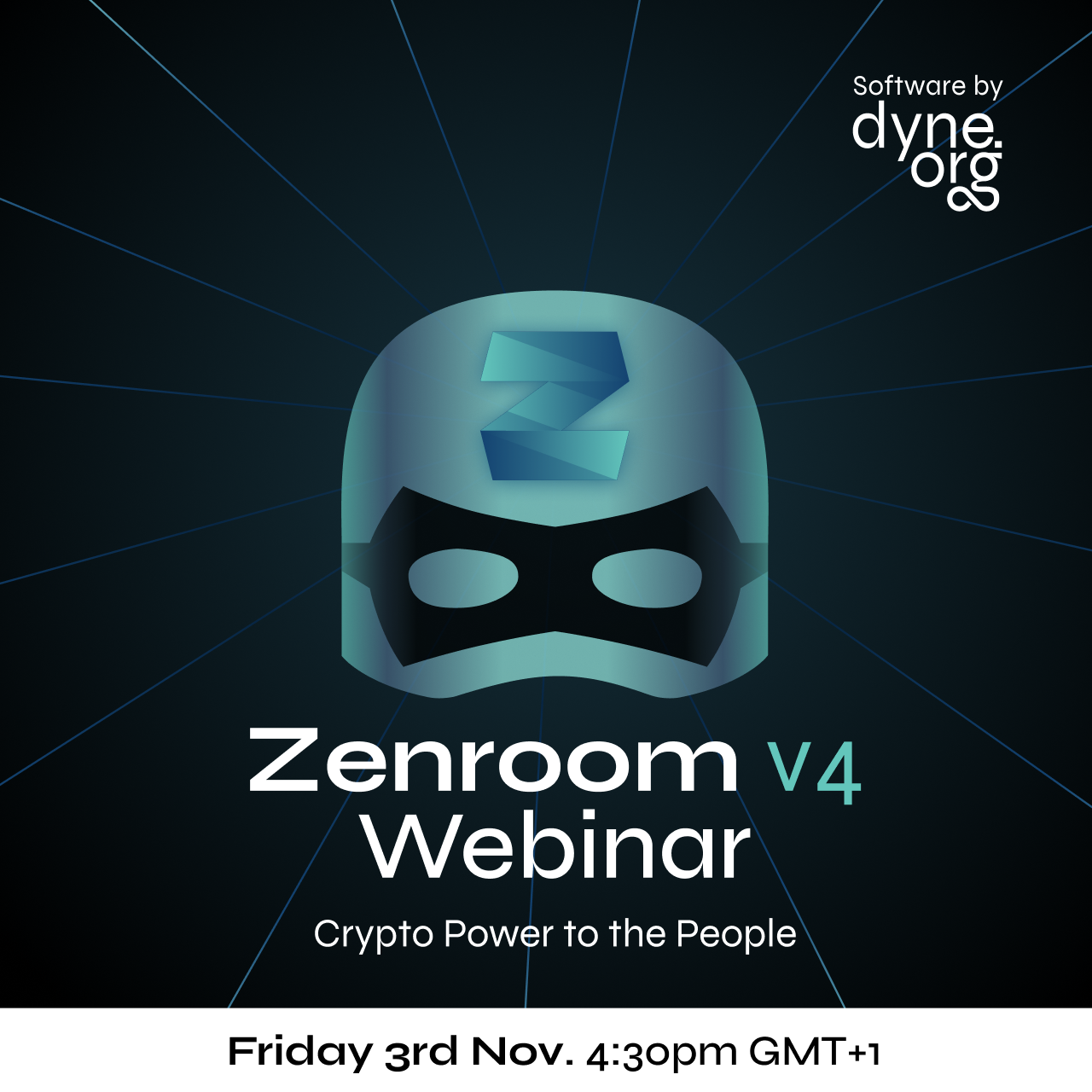Cryptography
450 readers
2 users here now
cryptography (noun). The discipline concerned with communication security (eg, confidentiality of messages, integrity of messages, sender authentication, non-repudiation of messages, and many other related issues), regardless of the used medium such as pencil and paper or computers.
This community is for links about and discussion of cryptography specifically. For privacy technology more generally, use !privacy.
This community is explicitly not about cryptocurrency; see !crypto for that.
founded 3 years ago
MODERATORS
26
27
28
29
30
31
32
33
34
35
36
37
38
8
Interview with the ETSI Standards Organization That Created TETRA "Backdoor"
(zetter.substack.com)
39
41
42
43
44
2
an audit of a fintech company's threshold ECDSA implementation yielded four CVEs
(research.kudelskisecurity.com)
45
46
47
48
49
50

